What Happens When Your Country’s Tallest Mountain Peak Shrinks?
The southern summit of Kebnekaise was the highest point in Sweden. Then it melted.
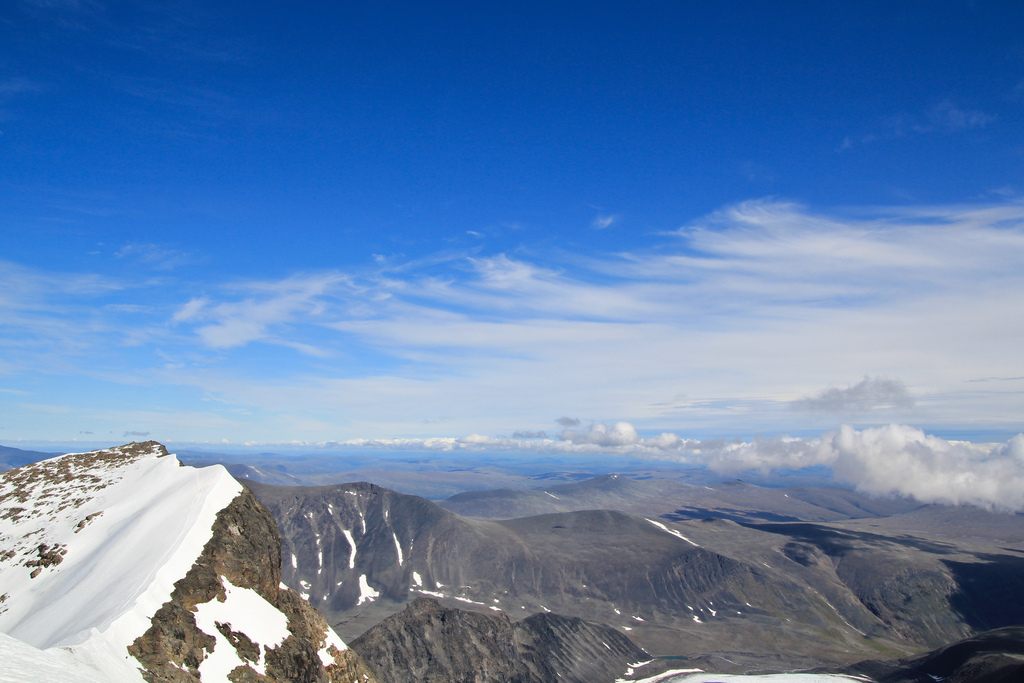
In August of 2014, the journalist Oliver Gee packed a knapsack, rented a pair of hiking boots, and set out on an adventure. He was headed to climb the south peak of Kebnekaise, the highest mountain in Sweden. “The idea of standing on top of Sweden’s highest peak seemed like a really tangible challenge,” says Gee, who, at the time, worked for expat publication The Local.
In the article he wrote about his experience (“Kebnekaise: How I tamed Sweden’s highest peak”), he describes the feeling of triumph he and his girlfriend felt as they reached the top: “Eventually we couldn’t climb any higher. We were on the top of Sweden. We’d done it.”
Four years later, the whole article is suddenly suffused with nostalgia. As of the beginning of August 2018, the south peak of Kebnekaise is no longer the country’s highest. That title now belongs to the north peak of Kebnekaise—less than half a mile away, but much more difficult to access. The switch, though expected, has thrown many people for a loop, from scientists to mountain safety officials to hobbyist climbers. Even in an age of climate change, some things still seem like they should be unchangeable.

Although it is all one mountain, Kebnekaise has two main peaks. The northern one is made of rock, and holds steady at 2,096.8 meters tall, or just under 6,880 feet. The southern one is glaciated, which makes it more mercurial: As the temperature rises, it shrinks. It grows again in the winter, when snowfall builds up. Depending on how these two seasons balance out, the peak may gain or lose a few meters over the course of a year. Scientists at the Tarfala Research Station keep tabs on it, measuring it each summer as though it’s a kid about to go back to school.
In 1902, the first reliable measurement on record, the southern peak was 6,958 feet tall. It stayed within a few stories of this height up until 1999, when it dropped below 2,110 meters for the first time. Since then, it’s been steadily dwindling: 6,890 feet in 2011, 6,886 in 2013, 6,881 in 2014. “This year it was really hot,” says Gunhild Rosqvist, the station’s director and a professor of physical geography at Stockholm University. “It lost the battle.”
The team took its measurement on Tuesday, July 31, and found that the south peak was just six inches taller than its brother. The next day’s heat, they knew, would knock off its crown. “When we actually got the number, we looked at each other, and we just said, ‘Oh my god,’” she says. “‘It’s happening.’”
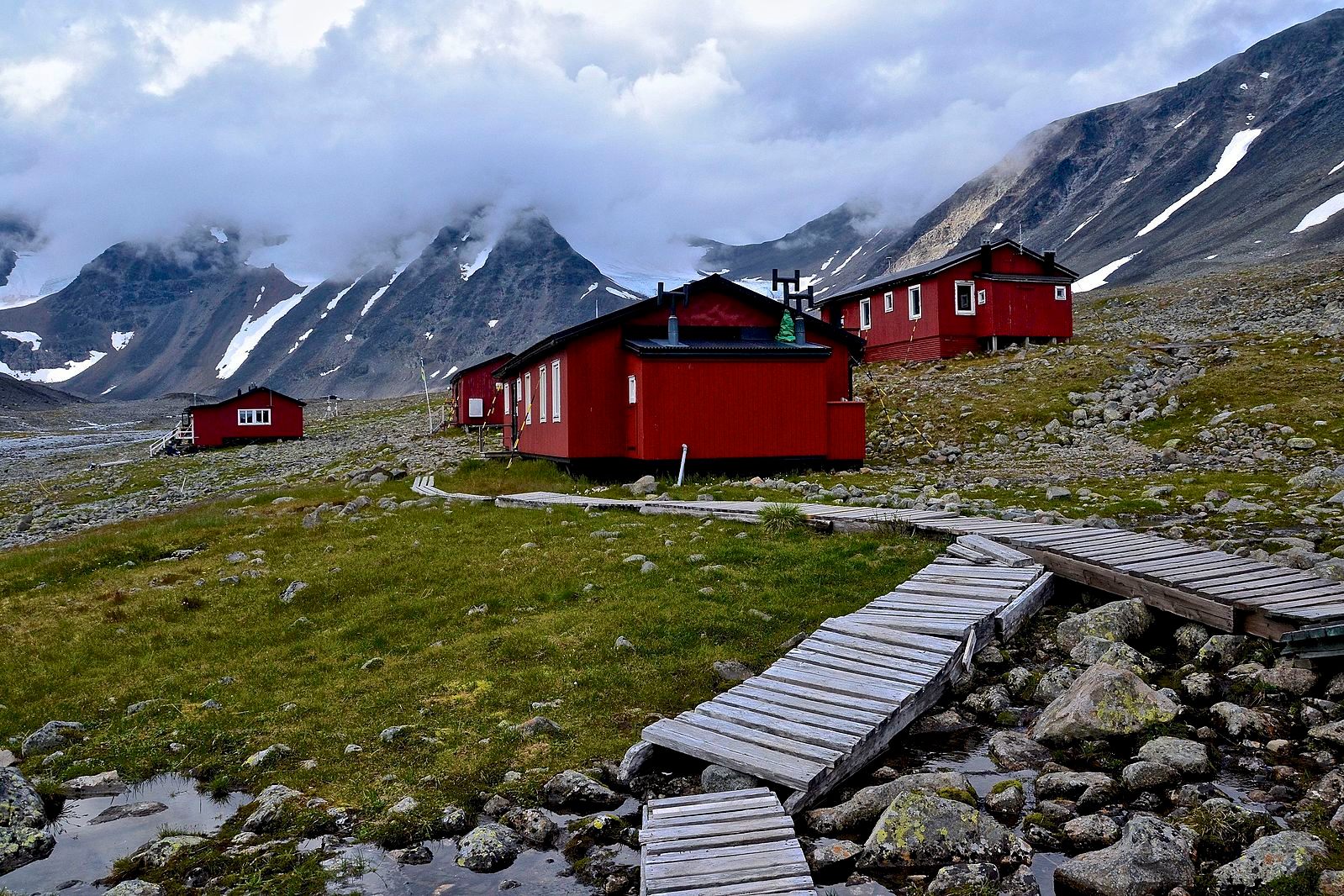
Although Rosqvist and her colleagues had been waiting for this day, it was still a strange one, capping off a strange season. The heat wave that swept Northern Europe this summer brought eerily hot weather to the station, and the researchers had found themselves searching for shade. In July, Rosqvist left for a while; when she came back, the peak, normally furred with snow, looked bare and sickly. “It was really exposed, like I’ve never seen it before,” she says.
The aftermath has also been emotional, says Rosqvist, who explains that glaciers play a very particular cultural role in Sweden. Unlike someplace like the Himalayas, where glacier melt provides fresh water to hundreds of millions of people, “people don’t depend on them as such,” Rosqvist says. “We can live without them, but it’s sad if they go. They mean a lot symbolically.”
Combined with the scalding summer, the fall of the south peak seems to have provided an opportunity for people to experience the effects of climate change in a newly visceral way, she says. “It’s like everybody walks around waiting for examples, waiting for it to hit you as a person. And I think it did this year somehow.”
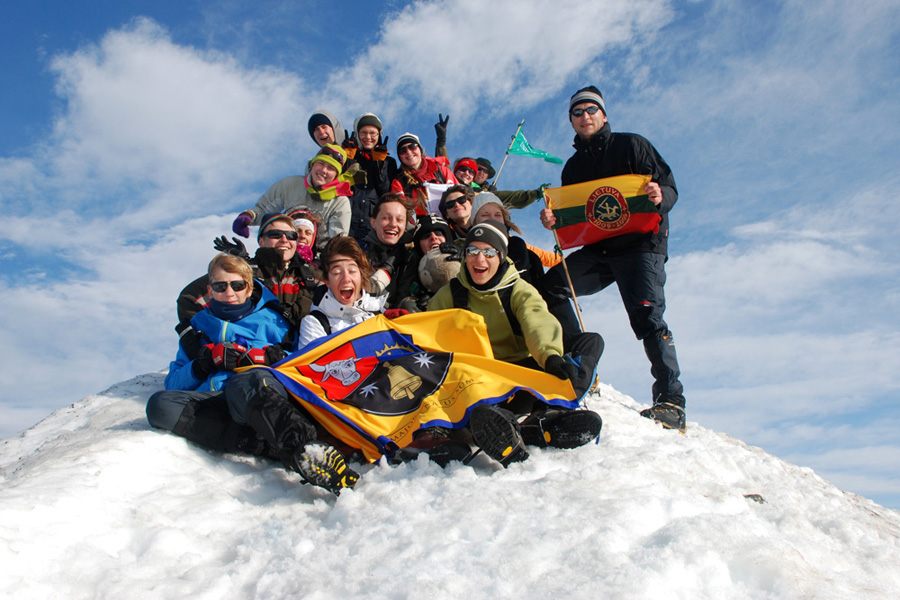
This transfer of power may have at least one other practical repercussion. The south peak of Kebnekaise is that rare combination of stately and accessible. About 10,000 people scale it every summer, and many of them, like Gee, are inexperienced climbers, willing to put in a day’s rigorous trek to see the views. A whole ecosystem has cropped up to support their efforts. In 2016, a private company flew in a team of Sherpa mountain experts to build steps along the main set of trails. Close to the summit, the Kebnekaise Mountain Station offers shelter, food, guided tours, and equipment rentals.
From the top of the south peak, you can see the northern peak: the new highest point in Sweden, and much more difficult to access. The route from one to the other “is a peaked glacier—it’s like a razor edge that you have to cross,” says Per-Olov Wikberg, the coordinator for Sweden’s Mountain Safety Council. “It’s very slippery in August when the snow has melted away. You have to use crampons, and ice axes. It’s almost a 60-degree slope on both sides.”
In other words, the new ruler is much less democratic. “It will not be maybe so easy for any ordinary person to get to the new peak, I would say,” says Rosqvist. “You don’t want to take your kids there, probably.” But because it’s now on top, its appeal has increased. “People are talking about it—that they really would like to reach the north peak as well because now it will be higher than the south peak,” says Wikberg.
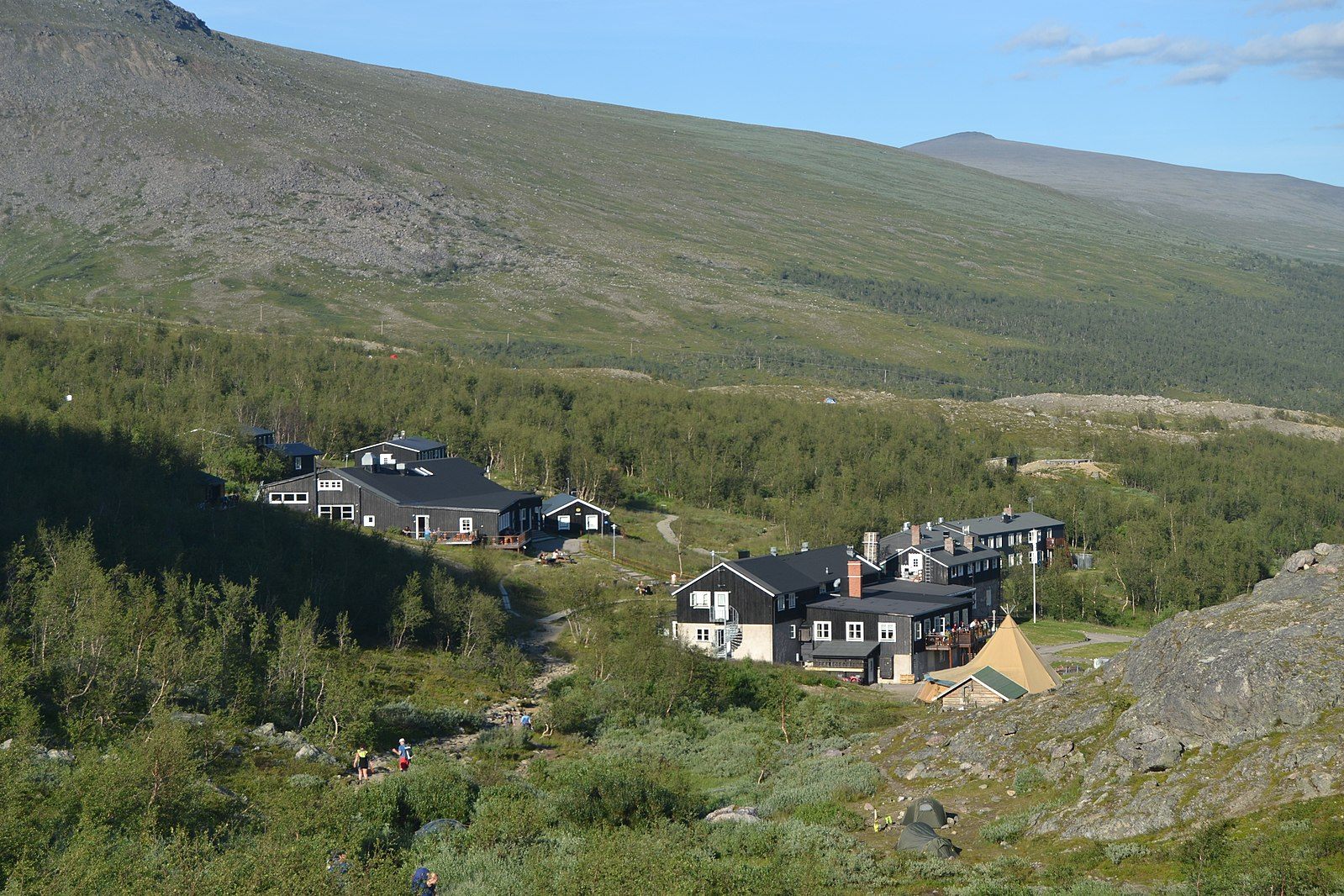
A recent meeting of mountain safety officials in Sweden focused heavily on the new safety challenges that could result, he adds. “It could be a severe problem next summer, but we really don’t know yet.” (Marit Sarri, the manager of the mountain station, told the New York Times that she doesn’t expect this will affect their operations very much, predicting that “the southern peak will still be the natural peak for many visitors.”)
As the melting continues, these priorities will continue to shift, says Per-Olov. “If you look forward 20 years, I think the peak glacier of Kebnekaise could have disappeared—nothing left,” he says. “And then you have just rocks and stones to walk on to reach the peak. So it will be much easier.”
Gee, for one, doesn’t plan to take on the north peak. “On the one hand, it’s frustrating to know that my solitary success on my list of ultimate challenges is now void,” he says. “But on the other hand, I still climbed a monstrous mountain. Maybe it will be something to tell my grandkids one day—I climbed what was once the highest mountain in Sweden.”


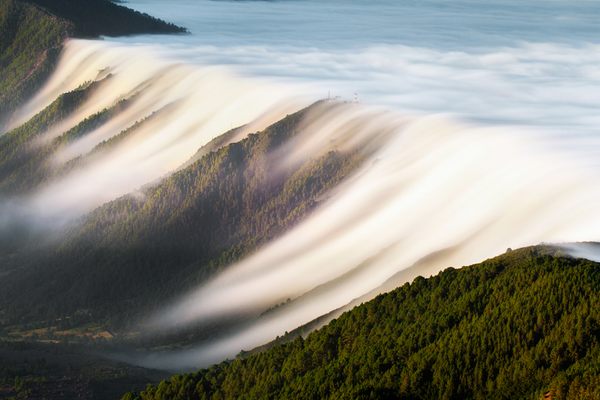
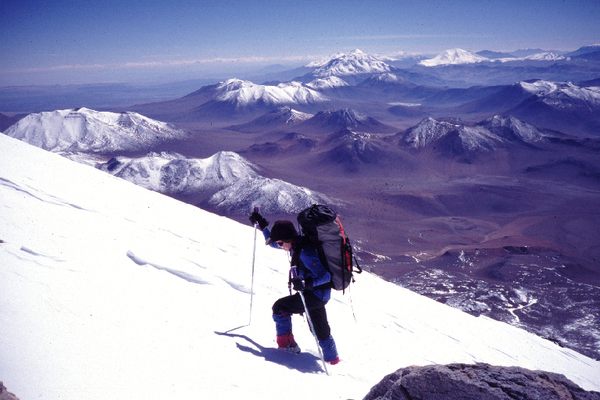
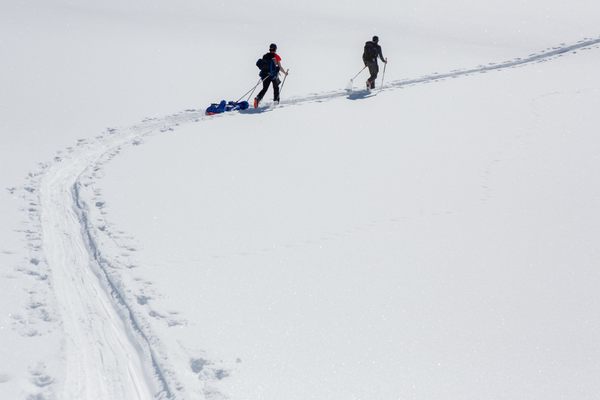














Follow us on Twitter to get the latest on the world's hidden wonders.
Like us on Facebook to get the latest on the world's hidden wonders.
Follow us on Twitter Like us on Facebook